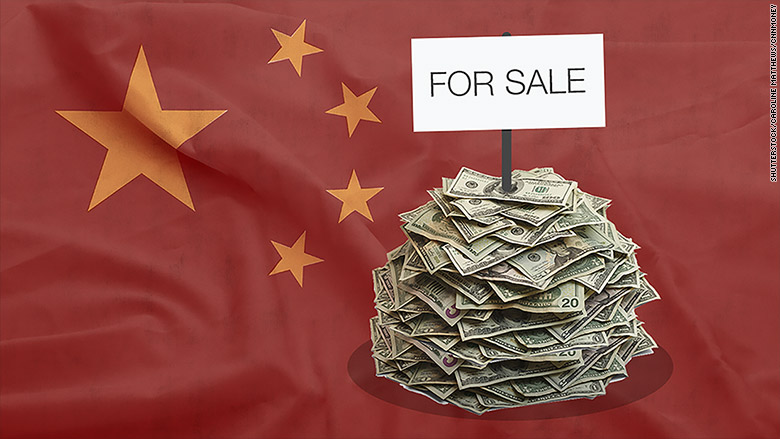Alright folks, let’s talk straight. President Trump, and frankly, Treasury Secretary Mnuchin, are absolutely right to dismiss this nostalgia for a resurrected US textile industry. Why chase low-margin, labor-intensive manufacturing when America’s strength lies in innovation and strategic dominance? This isn’t about protectionism; it’s about prioritizing.

Photo source:www.aliexpress.com
Trump stated he’s not interested in churning out T-shirts and socks; he wants to build tanks, warships, and spearhead advancements in AI and chip technology. And honestly, good for him. This is a clear signal of a focus on sectors crucial for national security and future economic leadership.
Let’s face it, competing with nations like Bangladesh or Vietnam on textile costs is a losing battle. It’s a race to the bottom. Instead, we should be doubling down on what we excel at. Let other countries manage the commodity game.
Did You Know? Understanding Comparative Advantage & Strategic Manufacturing:
Comparative advantage illustrates why nations specialize in producing goods they can make at a lower opportunity cost. For the US, this isn’t cotton or low-end garments; it’s high-tech manufacturing and weaponry.
Strategic manufacturing, like semiconductors and defense systems, is not merely about economic gains – it’s about ensuring national security and retaining technological superiority. Relying on foreign sources for crucial components is a risk we simply can’t afford.
Focusing on these areas generates higher-paying jobs, stimulates further innovation, and strengthens America’s position on the global stage. This isn’t about ignoring the manufacturing sector, it’s about smart manufacturing. It’s about building an economy fit for the 21st century, not stuck in the past. Let’s build to win, not to compete on price with nations that can undercut us at every turn. This is a common sense approach – and frankly, it’s about time someone said it.






